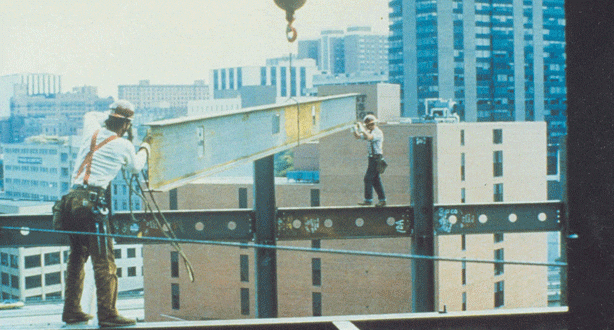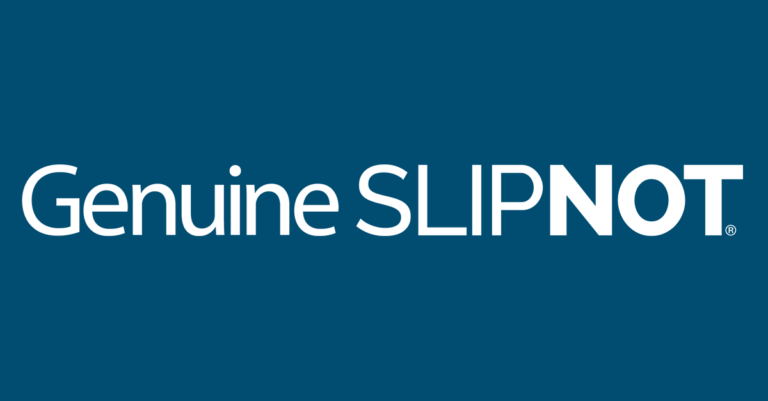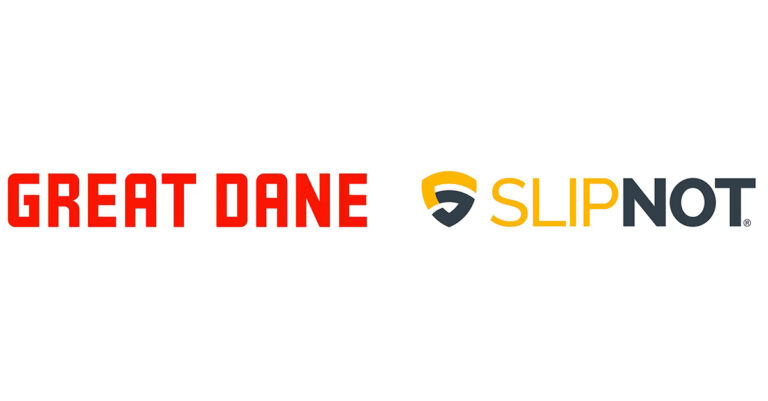Not all safety programs are created equally. Programs that focus on responding to incidents to prevent them recurring are not as effective as programs that work to anticipate and prevent an incident from occurring in the first place. The former type of program typically leads to new rules being developed and implemented after each and every incident within a company. This can lead to workers feeling overwhelmed but the abundance of rules, some of which have little relevance to the broader work being done. Instead of reacting to each incident, a company can focus on managing risk and preventing the incidents. This approach makes it possible for companies to know when and where incidents are most likely to occur, allowing the company to focus on preventing the most likely and the most hazardous events from even occurring.
A reactive safety program can be illustrated by the “Swiss cheese model”. The safety program will have barriers of prevent hazards from becoming incidents. The barriers have imperfections, like a slice of Swiss cheese. When the “hole” in one barrier lines up with the “hole” in another barrier, a hazard that slips through can become an incident. If an when an incident occurs, the holes that allowed the hazard through are filled with new rules, regulations, and procedures. While this model can prevent future occurrences of the same incident from happening, it has shortcomings. The most obvious shortcoming is that it makes to clear effort to prevent the initial incident from happening. Yes, there are barriers in place to prevent hazards from becoming incidents. But those barriers have holes and no effort is being made to fill the holes before they let incidents through. By it’s nature, this reactive approach to safety cannot prevent as many incidents from occurring as other approaches can.
One approach that is more successful at preventing incidents is to go beyond hazards and consider associated risks. In this case, “risk is the quantification of both he likelihood and the potential consequence of a given hazard.” Quantifying risks makes it possible to prioritize them more easily using a graph. In order to create a graph useful for prioritizing risks, several things need to be tracked. The first is the “opportunity frequency”. How many times does an activity occur in a year? Next, track the number of “near-misses” for that activity. How often did something go wrong that could have turned into an incident but did not? Finally, if the near-miss turns into an incident, what is the potential consequence? Risks that could turn into fatalities should be handled with more injury than risks that could only result in needing minor first aid. By looking at risks in this way, the conditions leading to those risks can be mitigated in the most pressing order before they lead to an incident.
In order to successfully assess and mitigate risks, everyone within a company must be involved. While managers and executives are responsible for safety performance and risk reduction, it is up to workers to identify and report near-misses and their frequency. Management can only reduces risks if it knows what risks exist.
The article “Tweak Your Safety Paradigm: Manage Risk” goes into more detail about all of the points discussed above.
One easy thing that can be done to reduce risks is to replace slippery metal flooring products with SLIPNOT Metal Flooring. SLIPNOT offers a variety of products in steel, stainless steel, and aluminum and are available in multiple finishes to meet customer needs. They also far exceed all standards and recommended guidelines for slip resistance.




